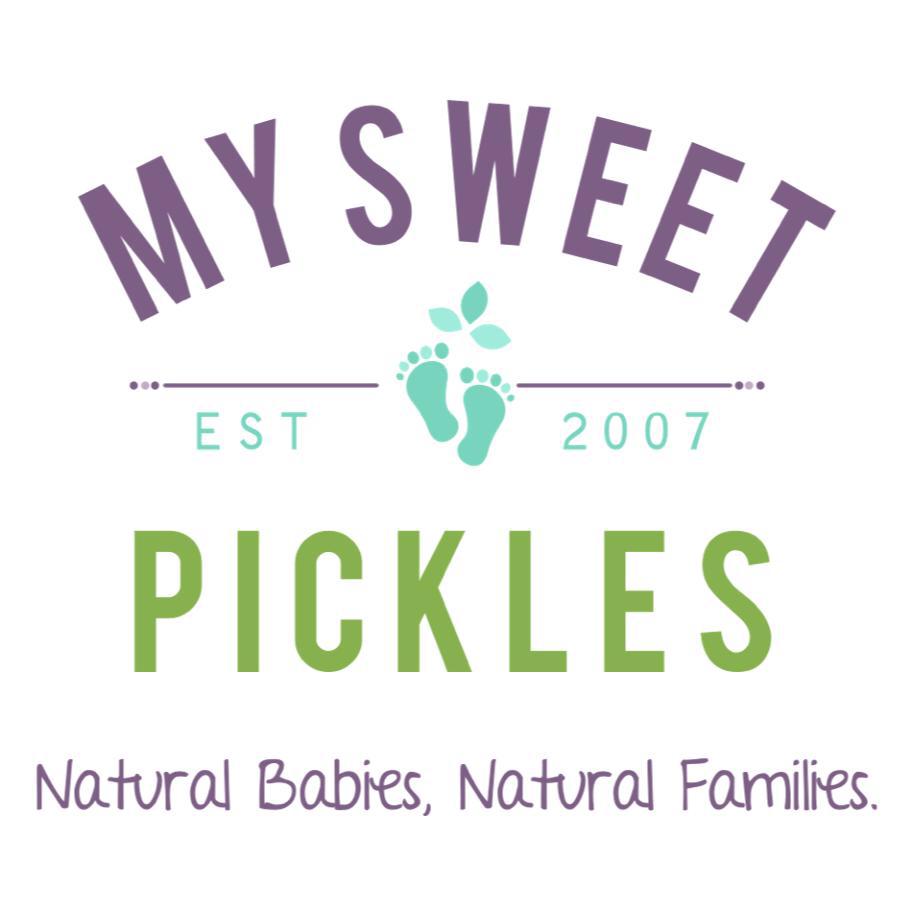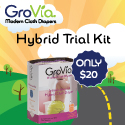Cloth Diaper Advice – Mailbox Mondays 8/5/13 – Wool Cloth Diaper Covers
Post contains affiliate links. Every Monday I post a reader question, answer it to the best of my abilities, and ask you to help! Don’t miss any posts! Subscribe to our new RSS Feed or subscribe via email.
Questions don’t have to be cloth diaper related, just email maria at change-diapers.com with “Mailbox Mondays” in the subject, or fill out my contact form for readers, which you will always be able to find on my Contact Page.
Hayley has two questions:
1. What are some ways to go green, in addition to cloth diapering & breastfeeding?
2. What is the difference between the different types of wool covers (longies, shorties, underwoolies) (other than just length).
Cloth wipes are the perfect companion to cloth diapers, along with other reusable products like cloth napkins, reusable menstrual products and nursing pads, unpapertowels, reusable snack/sandwich bags etc. Consider composting and/or recycling, and think about switching your personal care and household products to greener alternatives. Of course, make more homemade foods & purchase less processed foods as well.
Wool diaper covers can be pull on styles A.K.A underwoolies or can come as wool shorts A.K.A. wool shorties or wool pants A.K.A. wool longies. All serve the same purpose, but shorties or longies can take the place of pants entirely in cool weather. It’s really up to you which you prefer, though more wool=higher cost. One difference to note is that wool covers can be interlock or knit .
How do you go green? What is your favorite type of wool cover?










 Maria wants to live in a world where cloth diapers are the norm and moms can make parenting choices without judgement. When she’s not chasing her 18, 14 and 11-year old kids around, you might find her checking out the latest gadgets, organizing something (again) or exercising in the fresh air.
Maria wants to live in a world where cloth diapers are the norm and moms can make parenting choices without judgement. When she’s not chasing her 18, 14 and 11-year old kids around, you might find her checking out the latest gadgets, organizing something (again) or exercising in the fresh air. 







I’m a woolly WAHM and so many people have asked me how wool nappy covers work I thought I’d post this explanation. Wool is absorbent, but absorbs very slowly. Because of the body heat of your baby, and the warmth of the wool, it also evaporates, and this happens at the same rate as it absorbs.
When evaporation takes place, the wet is turned into gasses. Most people think this will besteam, but in fact it’s not. Steam is created when evaporated water condenses again, and this happens when the air containing the evaporated gasses, hits something cold, and there is enough wet in it to saturate the air. (This is called the dew point)
If you have a PUL wrap, the inside of the PUL will not let the wet get any further, so the amount of evaporated gasses builds up, and also because PUL has a cold feel, the saturated air will cause wet to condense again, and get absorbed back into the nappy. This doesn’t happen with wool, because it is warm, and can breath, so “dew point” is never reached, and the gasses continue one their journey, unrestricted by the wool , baby clothes, bedding etc. It will finally condense possiby when it hits the window of your baby’s room in winter, but basically the amount of wet in the air never gets high enough to cause a dew point.
Lanolising used to be a bit complicated, but now you can get soluble lanolin, it is simple – almost like using a fabric softener, although they need to be left to soak in it for a while.
I use wool almost exclusively and love it! Covers and shorties in the summer, longies in the winter. Both knit and interlock have their place, some of my favorites come from small WAHMs like Tiny Tuna and WCW!
I have never had a single leak in a wool cover and I love the pull-on style (like Disana). However, I am lazy and I find that even though I only need to lanolize the cover about once a month, when it comes time to do so, the cover just sits in my laundry room for a few weeks.
Some other ways to go green are to use reusable water bottles and grocery bags, and to recycle I’ve never used wool so I don’t know much about that.